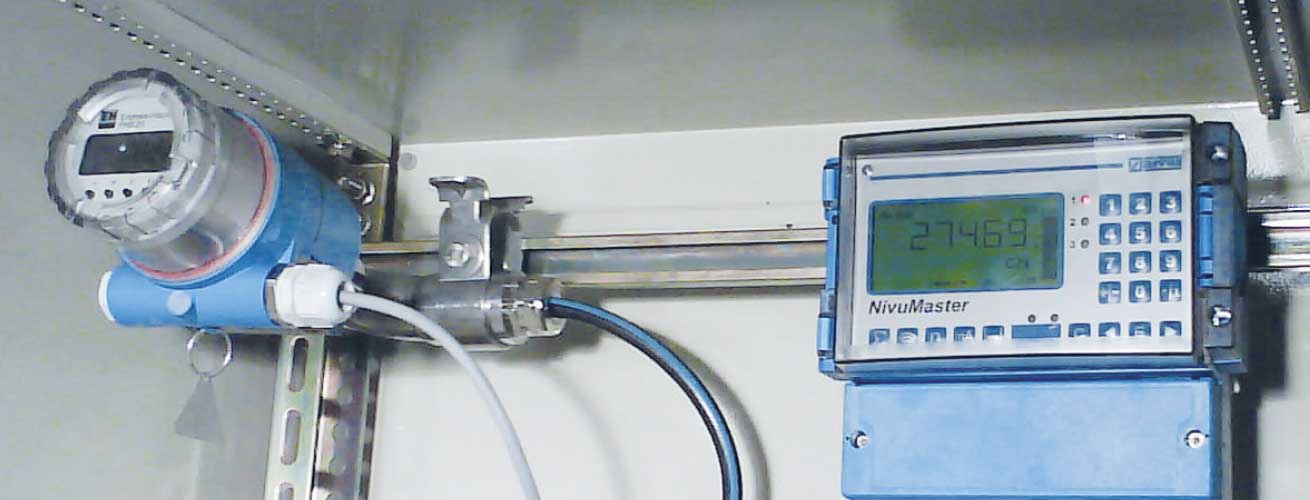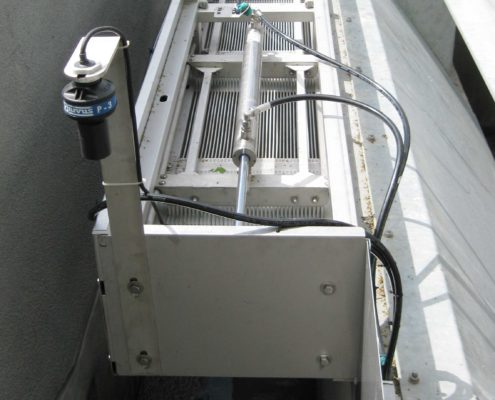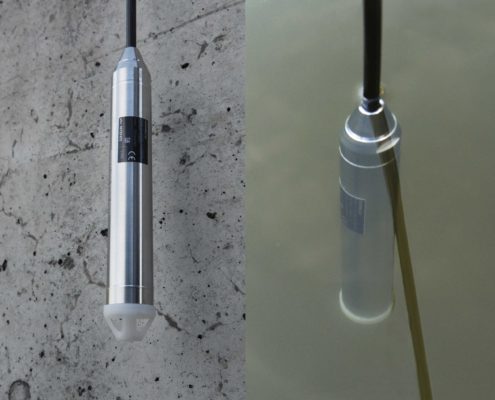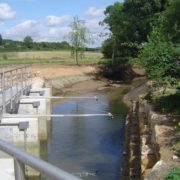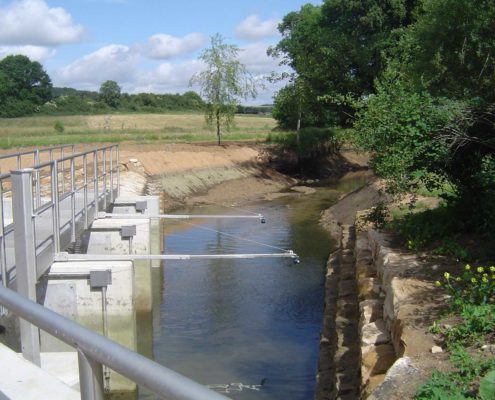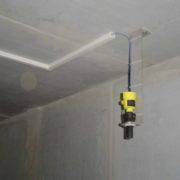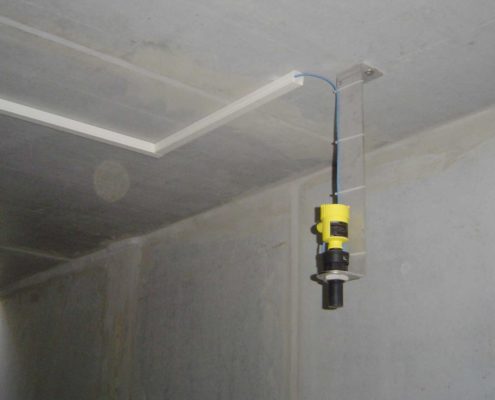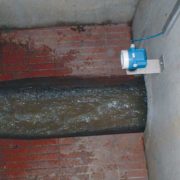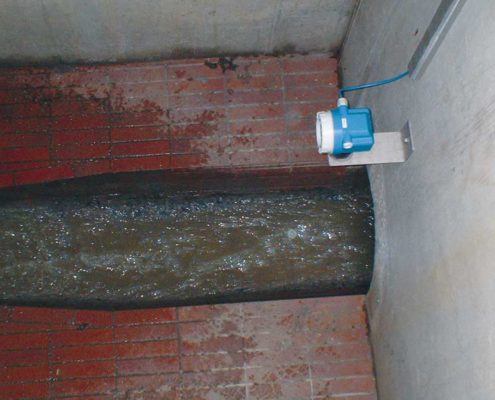Various methods of measurement technology can be used but only a few make sense and are suitable for application in the stormwater and wastewater sector.
Information for planners and operators:
- Reflections can falsify the results of ultrasonic and radar measurements.
- Direct sunlight can cause a temperature drift which may lead to measurement deviations of up to 100%. The sensors must be protected from direct sunlight and equipped with temperature drift compensation.
- Contamination of sensors can also lead to incorrect measurements with ultrasound and radar equipment. Even cobwebs with water drops can lead to the failure of a measuring instrument. A humid environment causes corrosion which can lead to malfunction of the measuring equipment if left unprotected.
- Certain measuring methods, such as ultrasound, have to maintain specific distances before the medium can be measured. The use of mirrors can help but regular cleaning is vital.
- The measurement of flow rates or water level heights can never be accurate in wastewater. Even under laboratory conditions, experience has shown that the measuring accuracies specified by the manufacturers cannot be achieved. Deviations from flow rate measurements have resulted in deviations of up to ± 5 %, no matter how accurate the recalibration.

